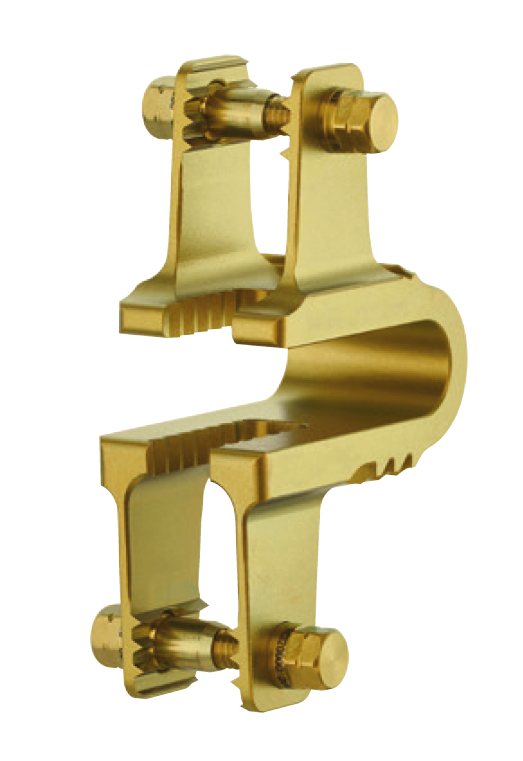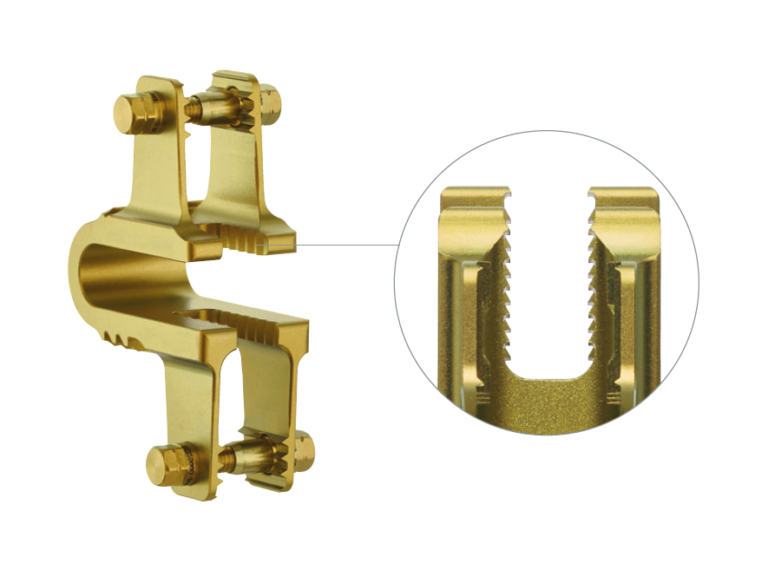The CoFix ™ implant is intended for use on all levels of the lumbar spine (L1, S1) for back pain and intervertebral disc-related pain due to degenerative processes of the lumbar spine with the occurrence of instability, such as pseudospondylolisthesis (up to Meyerding grade 1), osteochondrosis, instability of the facet joints and lumbar Spinal canal stenosis or lumbar disc herniations.
Contraindications
Do not use the CoFix ™ implant for:
- Use on more than one level
- Medical or surgical conditions that preclude the potential benefits of spinal surgery
- Spondylolisthesis higher than grade 1 or unstable spondylolisthesis
- Moderate to severe degenerative lumbar scoliosis (Cobb angle over 25 °)
- History of osteopenia, osteoporosis, or osteomalacia
- Previous decompressive laminectomy, hemilamectomy, or significant interlaminar fenestration at the index lumbar level (s), which causes weakening of the spinous processes
- Radiologically confirmed vertebral bodies at the index lumbar level (s) due to current or previous trauma or tumor events (e.g. compression fracture) are acute or chronic systemic, spinal or local infections
- obesity
- pregnancy
- Drug or drug abuse or alcohol addiction
- Unwillingness or inability to follow postoperative follow-up instructions
- Allergy to one component of the CoFix™ system
- History of severe allergy or anaphylaxis
- History with disease of the bone metabolism
- History with malignancy
safety instructions
- Read these instructions carefully before use and familiarize yourself with the surgical techniques for implanting the CoFix™ implant.
- Keep the instructions for use accessible to all personnel.
- The surgeon must master the recognized surgical techniques, both theoretically and practically. The surgeon is responsible for the correct implantation.
- The surgeon must master alternative fusion procedures (e.g. fixation with pedicle screws) / surgical techniques.
- The manufacturer assumes no responsibility for complications due to incorrect diagnosis, wrong implant selection, wrong surgical techniques, limitations of the treatment method or insufficient asepsis.
- Modular implant components from different manufacturers must not be combined.
- The implant used (with name, order number and lot number) must be noted in the patient’s file.
- In the postoperative phase, in addition to mobility and muscle training, special care must be taken to ensure that the attending doctor appropriately informs the patient about the postoperative rules of conduct.
- Damage to force-transmitting structures can cause the implant to come loose, causing dislocation and migration, and other complications. In order to ensure the earliest possible detection of the factors that can lead to an implant malfunction, check the implant regularly after the operation using suitable procedures. The wing of the CoFix™implant may break if the wings are bent open during preparation or if the wings are closed during insertion.
- Never use implants again. Even if the implant does not appear to be damaged, previous loads can cause invisible damage that can lead to implant failure.
- Never use implants from damaged packaging.
- An implant from a damaged packaging can itself be damaged and therefore must not be re-sterilized / used.
- Never use implants with an expired date!


